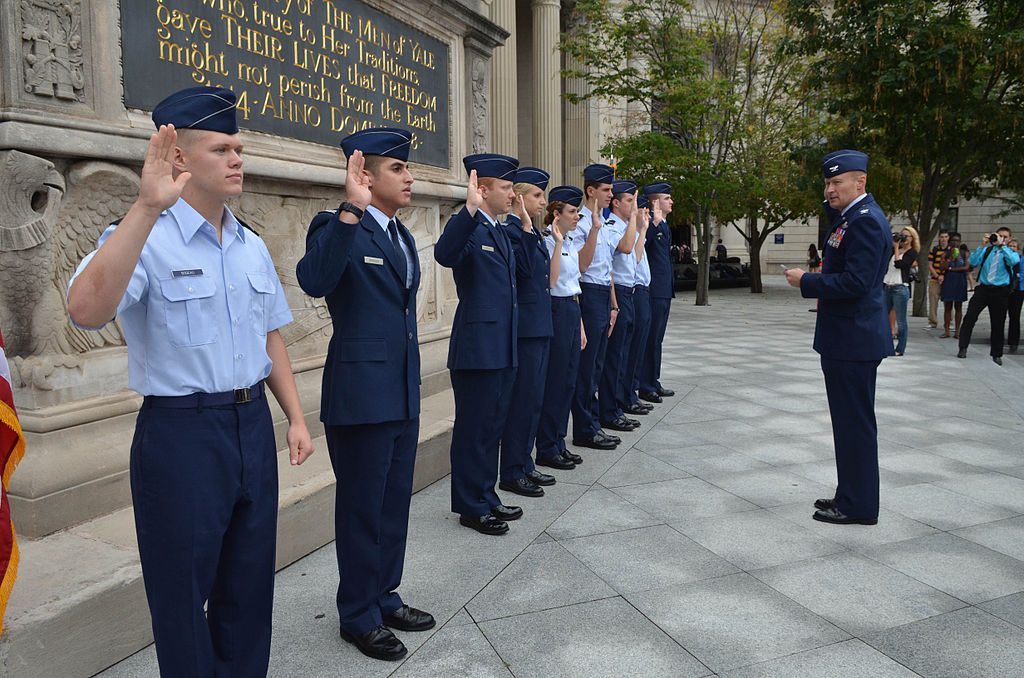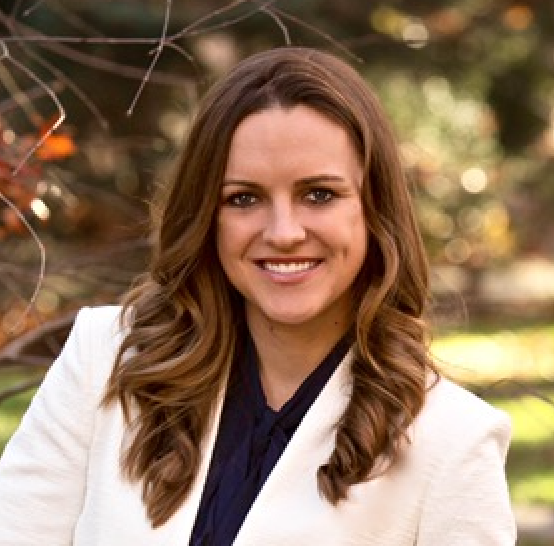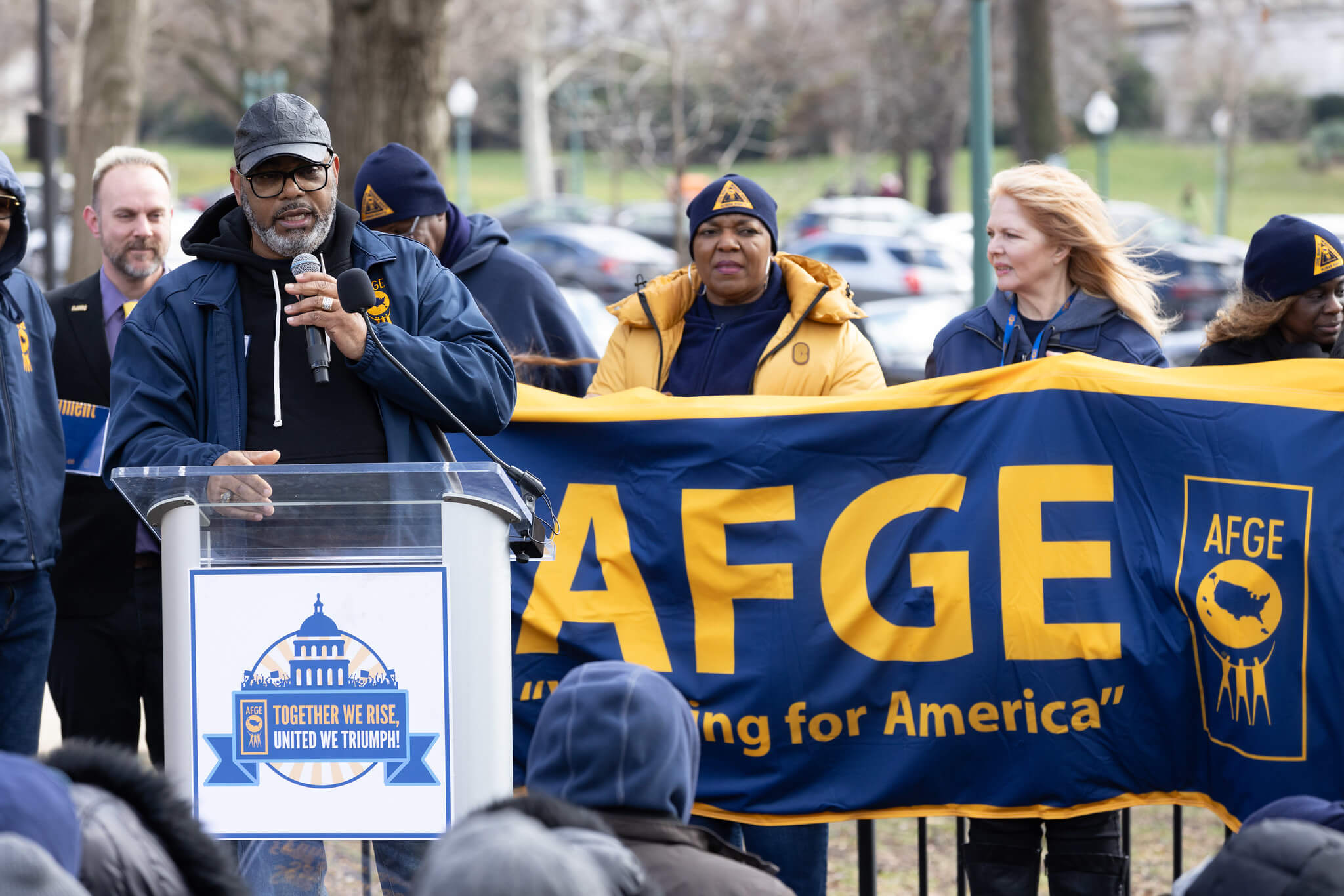Legal Ambiguities Limit Protections for Service Members in Academia
Many institutions highlight improvements to the experience of veterans on campus, but significant gaps in institutional support for service members remain.

Published by The Lawfare Institute
in Cooperation With

During Veterans Day ceremonies last month, universities across the country marked the holiday with celebrations of service and sacrifice. Many institutions proudly highlighted improvements to the experience of veterans on campus, and rightly so: Civil-military relations have improved steadily throughout academia in the post-Vietnam era, including the reestablishment of Reserve Officers’ Training Corps (ROTC) across the Ivy League and the presence of distinguished former military officers in residence at institutions throughout the United States. While these strides should be acknowledged, they are also incomplete. Significant gaps in institutional support for service members remain, particularly for members of the armed forces who are receiving institutional funding while concurrently serving in the reserves or National Guard. This is especially true for graduate students.
Two key factors contribute to this shortcoming. First, conflicting interpretations exist among universities, students and union representatives over whether (and which) work that graduate students perform—such as studying, teaching and research—should be considered employment by the institutions they attend. In 2016, the National Labor Relations Board (NLRB) determined that graduate students performing some service as part of their studies could, in certain circumstances, qualify as employees for collective bargaining purposes. Who is included or even eligible to vote for unionization remains unsettled at many universities, however, and a notice of proposed rule-making—which is open to public comment until Jan. 15, 2020—may reverse this decision.
One result of this ongoing debate is a distinction at many universities between leave and benefits policies for more traditional employees, such as staff and instructors, and those for enrolled students. This includes reservists and guardsmen who are receiving their annual wages in the form of a stipend and who are required to take leave for military training or deployment.
Second, existing federal policies are themselves ambiguous on this point. The Uniformed Services Employment and Reemployment Rights Act (USERRA) has a separate statutory definition of “employee” that it applies, which has been further refined and implemented by the Department of Labor. USERRA is a federal law intended to protect members of the armed forces from being disadvantaged or discriminated against in their civilian employment due to their military obligations (in certain circumstances, state laws can also provide additional rights). Multiple conversations with and analyses by USERRA experts suggest that at present, however, its policies do not recognize educational institutions as a student’s employer. Rather, under existing regulations, educational institutions that qualify for federal student financial aid programs are only required to guarantee readmission for students on military orders for no more than five cumulative years, and even then only if the service member has provided an institution with “advance written or verbal notice” of his or her absence, as well as notified the institution of his or her intent to reenroll. In such circumstances, universities are obligated to “promptly readmit” service members into the “next class,” which by its nature assumes students are relying on the institution solely for an academic curriculum and not for a salary or other benefits.
An analysis by Cmdr. Wayne L. Johnson, JAGC (Ret.), a Navy lawyer, illuminates the inadequacy of this protection for service members leaving (or returning) midterm. “The law does not help the National Guard or Reserve member who is trying to complete [the] semester, despite having an obligation to perform inactive duty training or active duty training during the semester,” he writes. “The student [would] never complete the educational program if each semester is interrupted by such military training requirements.” Such interruptions are often the norm in today’s operational reserve.
Therefore, while the unionization effort currently sweeping university campuses—which is likely to be hindered by the above-mentioned NLRB rule-making—and the historically conservative culture of the U.S. military may seem an ironic pairing, inconsistencies in recognizing graduate students as employees in fact severely restricts the degree to which service members currently enrolled in degree programs are protected by university and federal policies. Service members on institutional stipends are often not granted the benefits of employee military leave, nor are they necessarily protected under the USERRA.
Such ambiguities have resulted in a lack of consistent military leave policies across educational institutions. I learned this the hard way when I sought to take military leave from my doctoral program at Yale last year for a five-week training course. Although my department was supportive of my service, an administrator shared that they had “not had a doctoral student take leave for military service since Vietnam,” and because so few students were affected, “Yale considers military leave to be a form of personal leave.” In fact, there is little personal choice involved: Articles 86 and 92 of the Uniformed Code of Military Justice (UCMJ) require military personnel to comply with orders or face the possibility of court martial. Nonetheless, “your only options,” I was advised, “are to take personal leave for the semester, or use your dissertation writing fellowship.”
After months of discussions with university administrators, it was clear there were no good options: I was informed that if I took “personal leave” I would lose my university-funded health insurance, stipend and all access to institutional resources until I reenrolled the following semester (five months after my orders ended). This would deprive me of approximately half of my living stipend, or nearly $15,000 of the annual total of just over $30,000. Alternatively, if I were to use my university dissertation fellowship, I would be using a stipend designed for intensive dissertation writing (without teaching obligations) while on military orders for 12 hours per day, just to retain basic benefits. This would negate the intent of the writing fellowship, which is to provide a distraction-free period for dissertation work.
In attempting to propose useful alternatives, I quickly realized that these obstacles are widespread. After examining military leave policies at more than 20 different institutions, including public research universities and peer private institutions, it was unclear whether any policies guaranteed that even those doctoral students in the dissertation writing phase—a period most free of curriculum constraints—would be allowed to continue their stipend or health insurance (if provided by the institution) immediately upon return. In an era in which up to 20 percent of returning post-9/11 war veterans battle post-traumatic stress disorder and still others struggle with civilian readjustment, this means that a service member returning from a combat tour would conceivably have little to no access to his or her university community and its resources until several months after returning, unless he or she happened to return at the very start of the term. Although deans are often responsible for signing off on leave-of-absence requests, many of these institutional leaders with whom I spoke had no idea whether their own schools even had a military leave policy. (Texas A&M, which maintains a long-standing military partnership, did not respond to multiple requests for clarification on its position.) When I mentioned to a fellow service member who is also enrolled in a doctoral program that I was examining military leave policies, he commented that his institution had categorized his recent deployment as “religious leave” on his doctoral transcript.
The result is inconsistent and lopsided leave policies both across and within institutions. For the exact same military training course for which I was required to either lose half of my doctoral stipend or use my writing fellowship to maintain my benefits and income, one of my fellow service members who is considered an employee by Yale qualified for “supplemental pay equal to the difference between the military compensation … and the staff member’s regular rate of pay for up to ninety days.” Yale graduate students are currently granted no such protection for the exact same service requirement.
While it is true that America’s service members and civilians are increasingly divided, it’s important to remember that it wasn’t always this way, and it doesn’t have to be. Sir William Francis Butler’s famous caution that “The nation that [distinguishes] between the fighting man and the thinking man is liable to find its fighting done by fools and its thinking by cowards” was, for many generations, a warning heeded. Harvard claims more Medal of Honor recipients than any institution outside of West Point and Annapolis, and it was a “highly cultured, somewhat sedentary” professor at Bowdoin College who led a legendary (if often debated) defense at Gettysburg, which is still taught in military academies today. More recently, doctoral students from Stanford and Utah, and still others preparing to enroll, have given their last full measure of potential in Iraq, Afghanistan and Syria.
This is not a lost cause: The military, despite its sometimes tepid relationship with the Ivory Tower, is perhaps more engaged with higher academia now than at any other point in recent memory. A few months ago, the Navy appointed John Kroger, a former enlisted Marine and president of Reed College, to be its first chief learning officer. Meanwhile, the Marine Corps is in the early stages of a pilot program that would send qualified majors and lieutenant colonels to doctoral programs, with the stated intent of developing strategic thinkers who have developed robust relationships with industry and the academy. These are promising steps, but without substantive protections within academic institutions themselves, gaps between the military, the academy and the public they serve will remain unfilled. The academy, in collaboration with policymakers, must commit to developing policies that ensure that students seeking to bring the most advanced and developing thought from the academy to both domestic training grounds and forward deployed locations can do so without fear that they will be without a paycheck or insurance on the back end. In our search for improved civil-military relations, the importance of such basic services in the education of America’s military cannot be overlooked.
The views expressed are solely those of the author and do not represent the Department of Defense, U.S. Naval War College, or any U.S. Government entity




.jpg?sfvrsn=407c2736_6)
